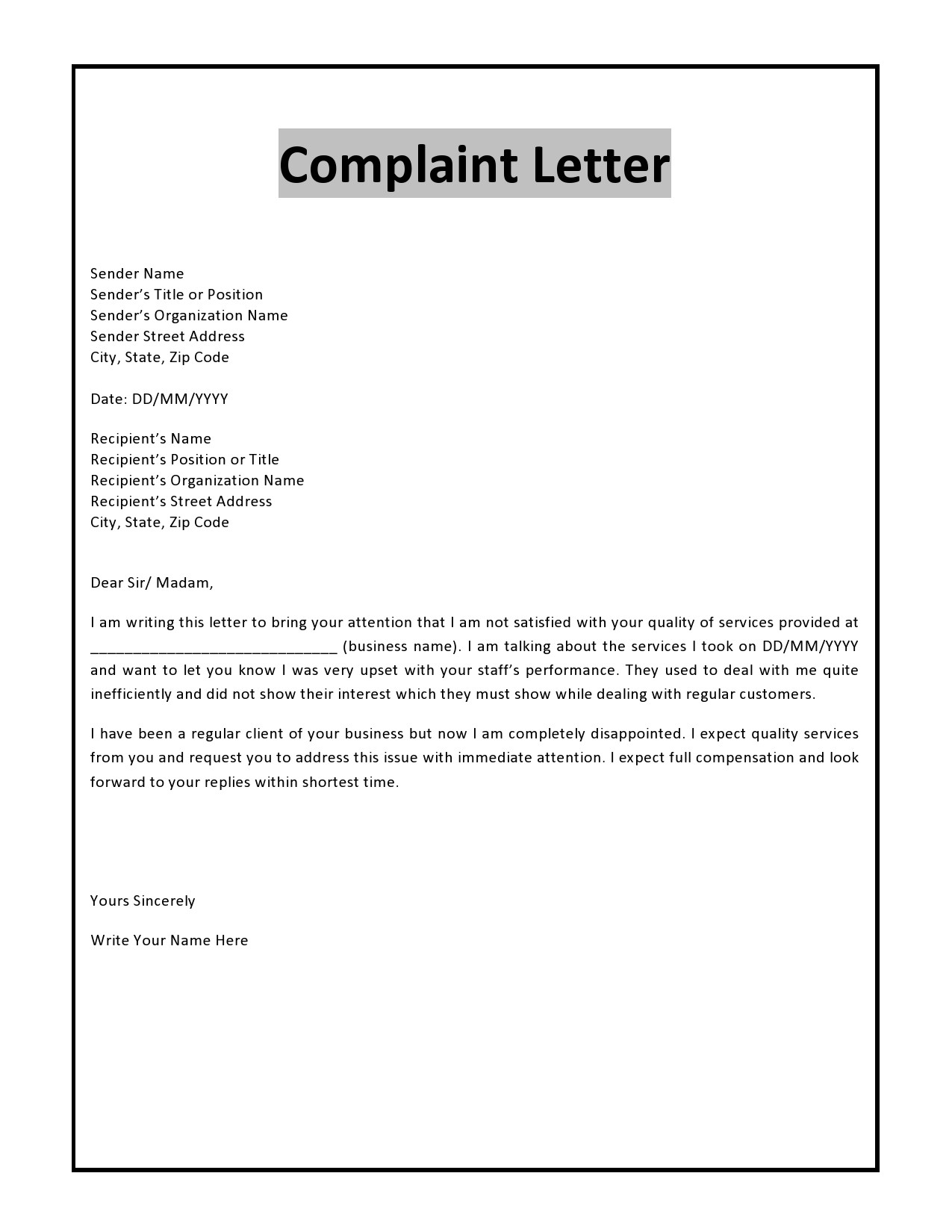
In our everyday lives, we may encounter situations where we need to express dissatisfaction or grievances in a formal manner. This is where a formal letter of complaint comes in handy.
Whether you are unhappy with a product or service, or have experienced a negative situation that requires resolution, a well-written letter of complaint can help you communicate your concerns effectively.
What is a formal letter of complaint?
A formal letter of complaint is a written document that is used to express dissatisfaction or grievances in a professional and formal manner. It is typically addressed to a specific individual, company, or organization and outlines the issues that need to be addressed. This type of letter is often used to seek resolution or compensation for a problem or issue that has occurred.
When writing a formal letter of complaint, it is important to be clear, concise, and professional. The letter should clearly state the issue at hand, provide any relevant details or evidence, and suggest a resolution or course of action. It is also important to maintain a respectful tone throughout the letter, even if you are feeling frustrated or upset.
Why use a formal letter of complaint?
There are several reasons why using a formal letter of complaint can be beneficial. First and foremost, a formal letter allows you to clearly articulate your concerns and provide a written record of your complaint. This can be useful if you need to escalate the issue or seek legal action in the future.
Additionally, a formal letter of complaint can help you organize your thoughts and present your case in a logical manner. By outlining the issue, providing relevant details, and suggesting a resolution, you can increase the chances of a successful outcome.
How to write a formal letter of complaint
Writing a formal letter of complaint may seem daunting, but with the right approach, it can be a relatively straightforward process. Here are some tips to help you craft an effective letter of complaint:
1. Start by addressing the letter to the appropriate person or department. If you are unsure who to address the letter to, do some research or call the company to find out.
2. Clearly state the purpose of the letter in the opening paragraph. This will help the recipient understand the reason for your communication.
3. Provide a detailed description of the issue or problem. Include any relevant dates, times, names, and other information that will help the recipient understand the situation.
4. Be specific about what you would like to happen as a result of your complaint. Whether you are seeking a refund, replacement, apology, or other resolution, clearly state your expectations.
5. Maintain a professional and respectful tone throughout the letter. Avoid using inflammatory language or making personal attacks, as this can detract from the credibility of your complaint.
6. Proofread your letter carefully before sending it. Check for spelling and grammar errors, as well as any inaccuracies or inconsistencies in your content.
7. Keep a copy of the letter for your records. This will serve as a reference in case you need to follow up on your complaint or escalate the issue.
Examples of formal letters of complaint
To help you better understand how to write a formal letter of complaint, here are some examples:
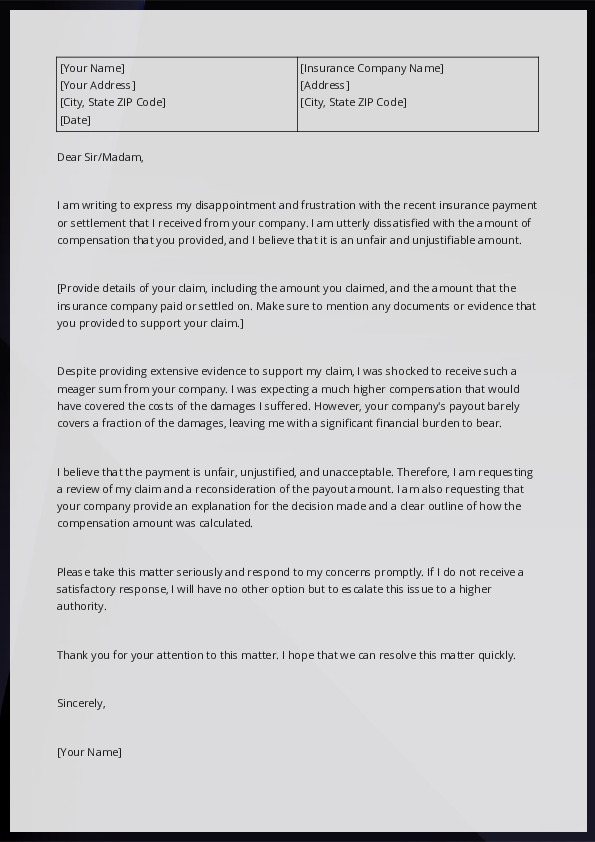
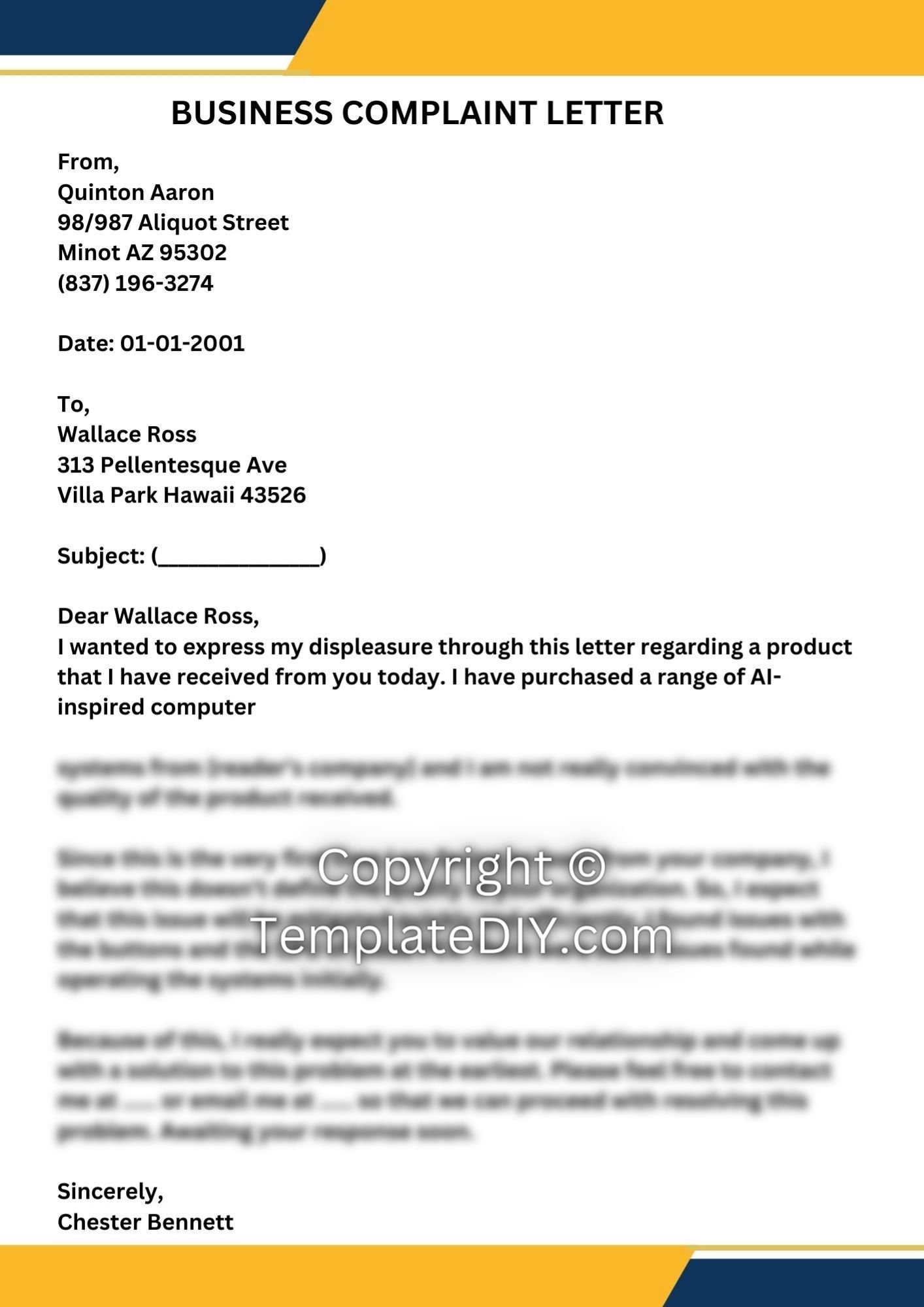
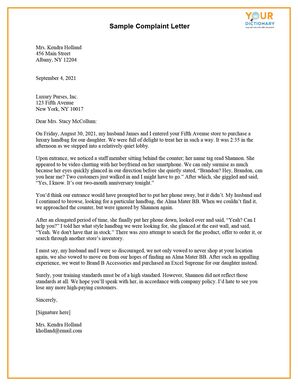
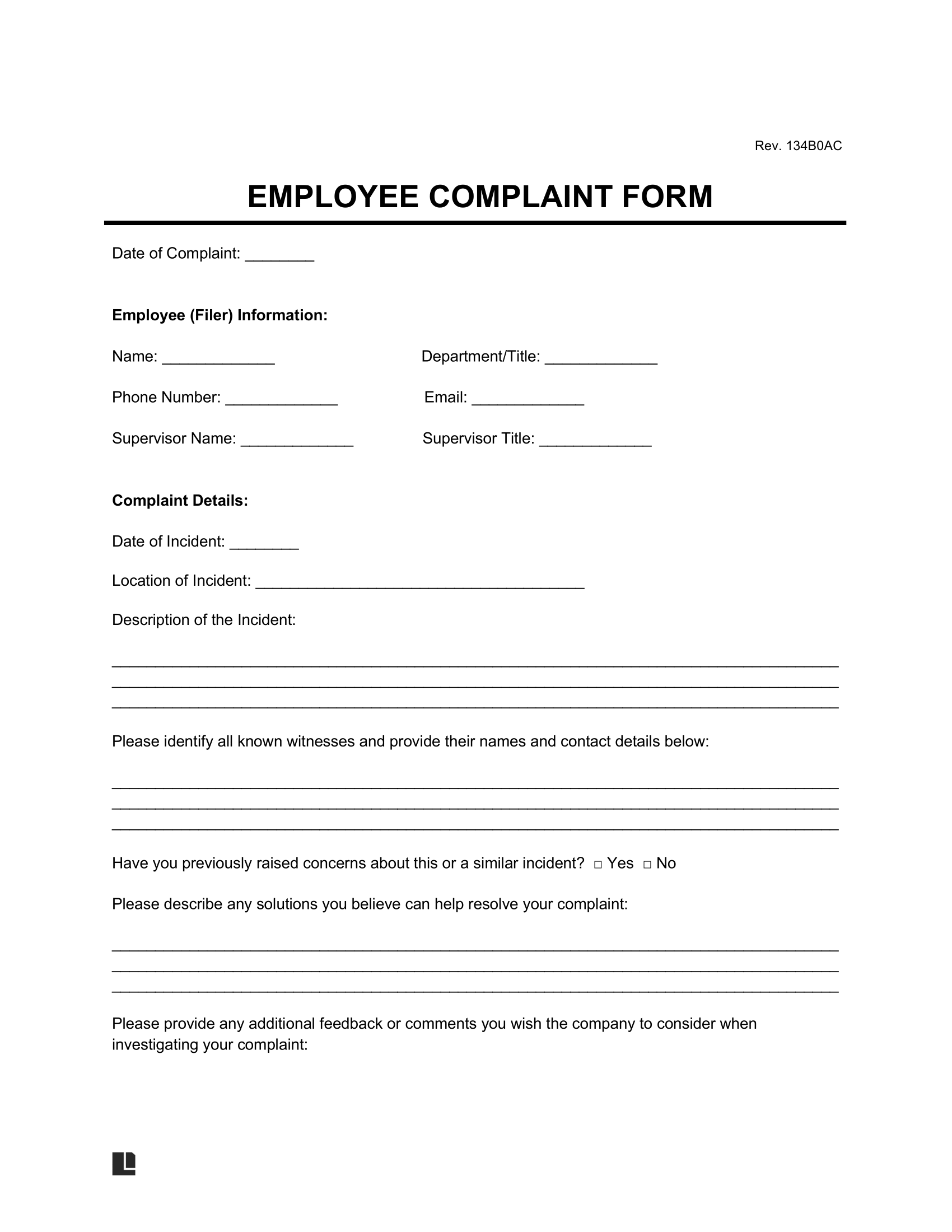
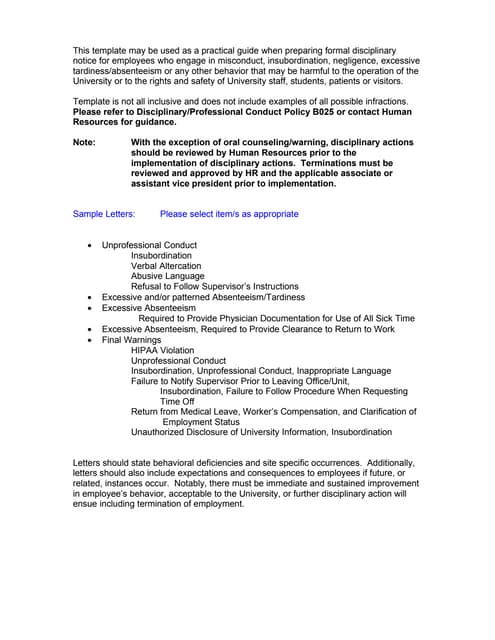
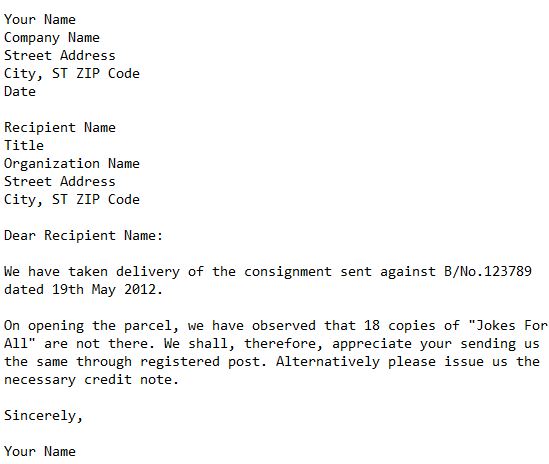

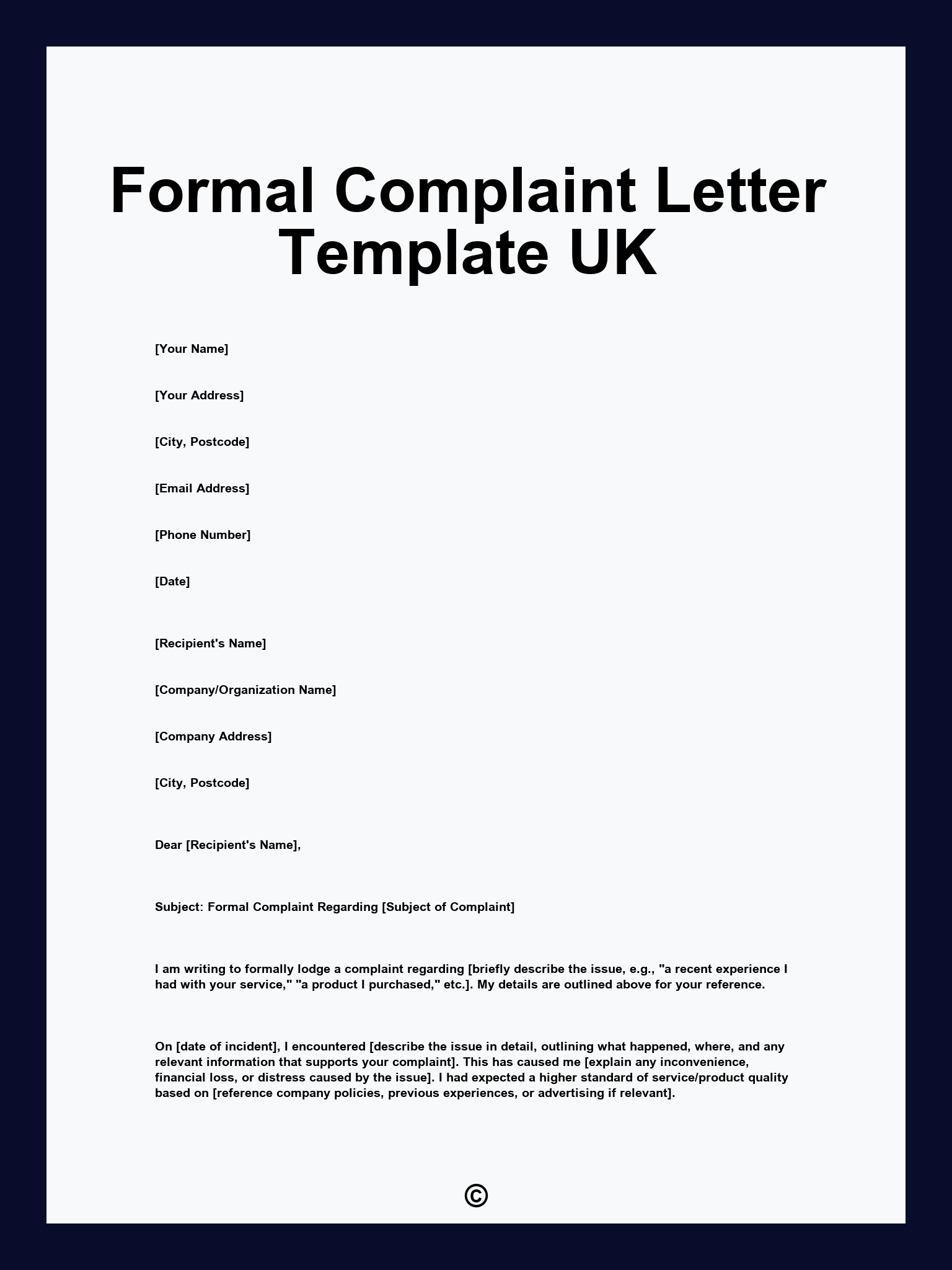
Tips for successful formal letters of complaint
When writing a formal letter of complaint, keep the following tips in mind:
– Be specific and provide as much detail as possible about the issue.
– Stick to the facts and avoid making emotional or subjective statements.
– Clearly state what you would like to happen as a result of your complaint.
– Use a professional and respectful tone throughout the letter.
– Proofread your letter carefully before sending it.
– Follow up on your complaint if you do not receive a timely response.
– Keep a copy of the letter for your records.
By following these tips and guidelines, you can effectively communicate your concerns and increase the likelihood of a successful resolution to your complaint. Remember, a well-written formal letter of complaint can be a powerful tool for seeking redress and resolving disputes in a professional manner.